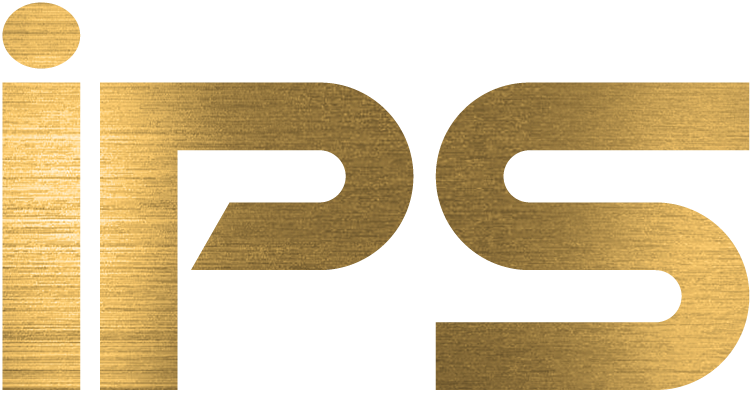At Industrial Polishing Services, Inc., we perform metal polishing applications in our facility, in Baja California, Mexico, using compounds and other metal polishing tools. Compounds are polishing powder mixed with fats and wax to create a cake or bar. We use them to smooth metals and create a quality professional finish. However, compounds are not one-size-fits-all solutions, and each is designed for different metals and applications. Here is how we handle polishing compounds and their applications.
Available polishing compounds
Compounds fall into three main categories: tripolis, intermediates and finishing rouges. Each comes with varying functions and forms. We choose them based on the application of the metal and how much smoothing a client requires.
Tripolis are cutting compounds and used for the most demanding applications. Their purpose is to remove scratches and emery marks to achieve a smooth surface. However, the surface is left dull and without luster. Intermediates remove rough surfaces and leave a small degree of luster. The next type, finishing rouges, are burnishing compounds and used to create high-quality polish.
While any of these compounds can be used independently, they are more often used in combination. For example, a rough material may first undergo the tripoli and then move on to a finishing rouge to create a smooth surface with luster. If luster is not a priority, a metal may undergo just the tripoli, or a combination of tripoli and intermediate.
Recommended applications
There are also subcategories of compounds. Blue, yellow or aluminum may fall under tripolis, intermediates or finishing rouges, and each has its unique effect on metal. These are the most common specific compounds and their applications:
- Brown tripoli: This versatile compound works well on softer metals like copper, brass and aluminum. It is also used for wood surfaces, because unlike with metals, it will give wood a shiny finish.
- White: Reserved primarily for hard metals and stainless steel, white offers a finer composition that cuts down rough surfaces in the intermediate stage of polishing.
- Green: One of the intermediates, green mainly finishes stainless steel materials. It will remove scratches and leave behind a mirror-like finish.
- Blue: Blue is limited to non-ferrous metals, plastics and other synthetic materials. It restores the original smooth surface.
- Pink: This is one of the more versatile options. Pink is the first step with soft metal polishing and the final stage for hard metals. It adds a finishing shiny touch and also works well with wood, painted surfaces and plastic.
- Yellow: Used mainly with jewelry, yellow adds a lustrous shine to gold and platinum. If an application requires a more abrasive compound, the metal polisher can upgrade to gold compound.
- Aluminum: Limited to soft metals, aluminum adds a smooth and even surface.
- Black: A little goes a long way with black. Small doses add shine to steel, copper, brass and aluminum. If material incurred deep scratches, black compound is often the best solution to wipe them away.
Industrial Polishing Services, Inc. offers 35 years of metal polishing experience in Southern California. Contact us today if you seek skilled assistance with your metal polishing applications.



